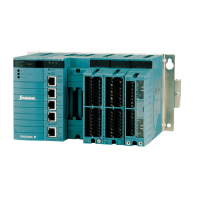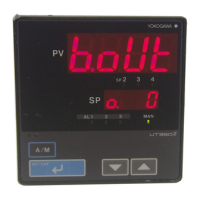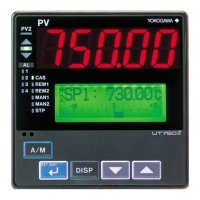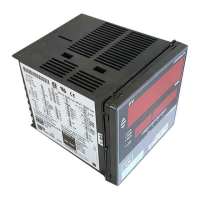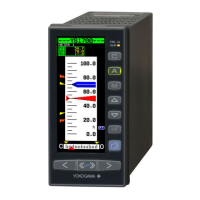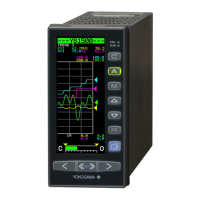<4. Control Application Creation>
2. Reduced debugging effort
As described earlier, besides copying and pasting, creating logic by copying also
requires modification of variables names. Such hand work must be checked
using desk debugging, as well as actual operation.
Encapsulated logic, on the other hand, runs exactly the same way wherever it is
used in Logic Designer.
In other words, using a debugged and proven encapsulated logic in another
place does not require rechecking of its internal logic.
In practice, variable assignment validation and simple execution validation is still
required but compared to the checking required for copied logic, application
encapsulation is expected to save debugging effort.
3. Better support of specification changes
Sometimes, created logic needs to be modified to support a specification change
or fix a bug.
For logic created through copying, any modification has to be repeated in all
copies of the logic. Moreover, there is a risk of missing some modifications.
Encapsulated logic, on the other hand, requires only the registered component to
be modified for the modification to be reflected in all places where the
encapsulated logic is used.
In other words, even if a encapsulated logic used in many places, only one place
needs to be modified, which translates into better support of specification
changes.

